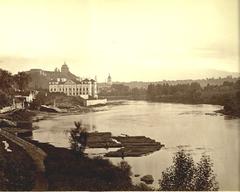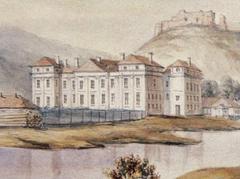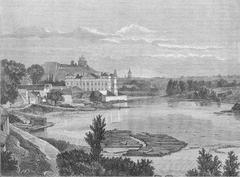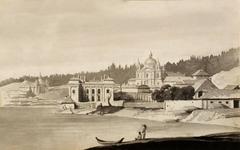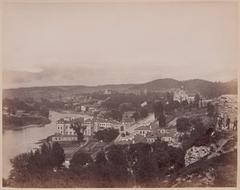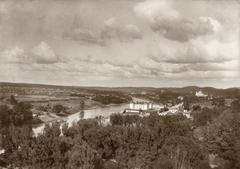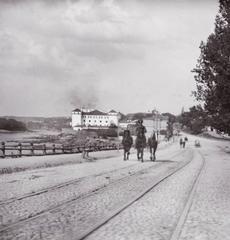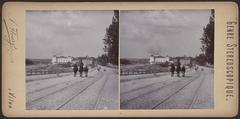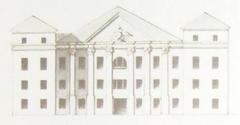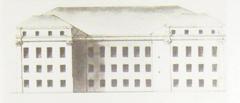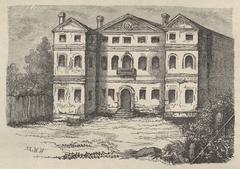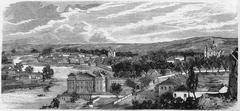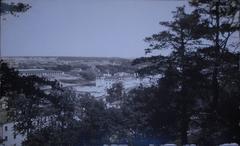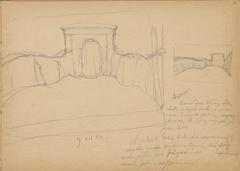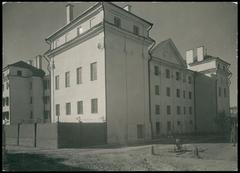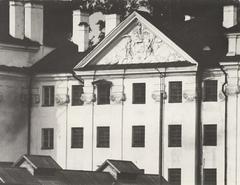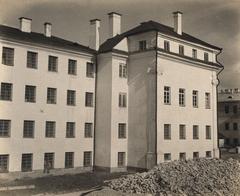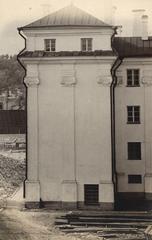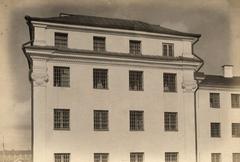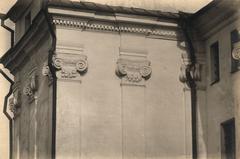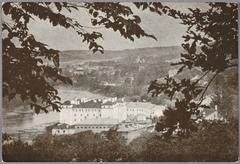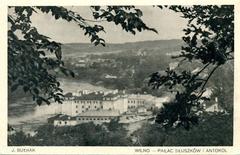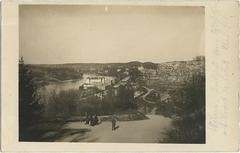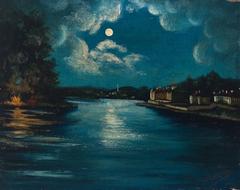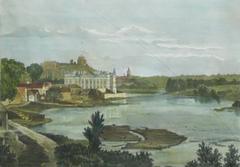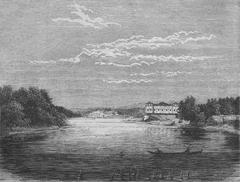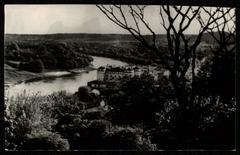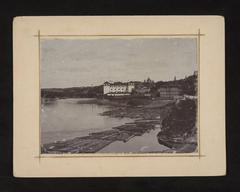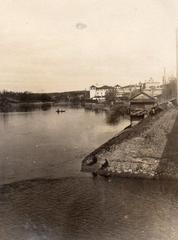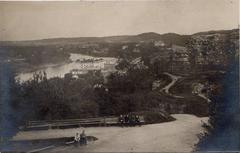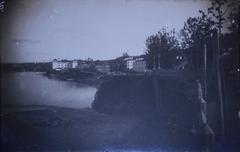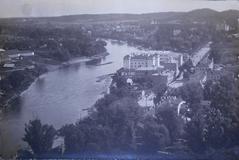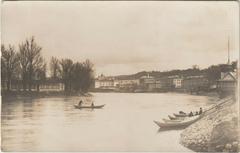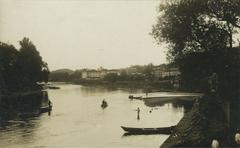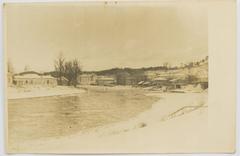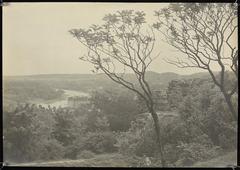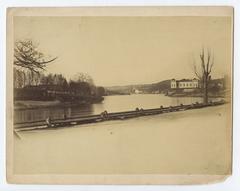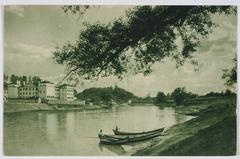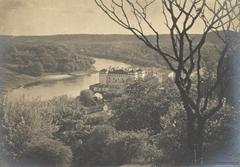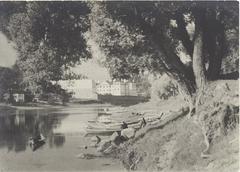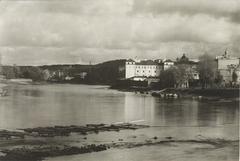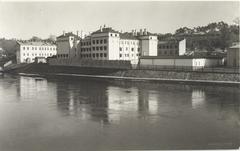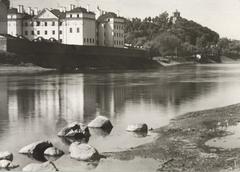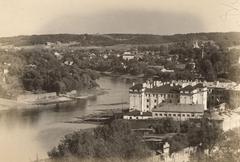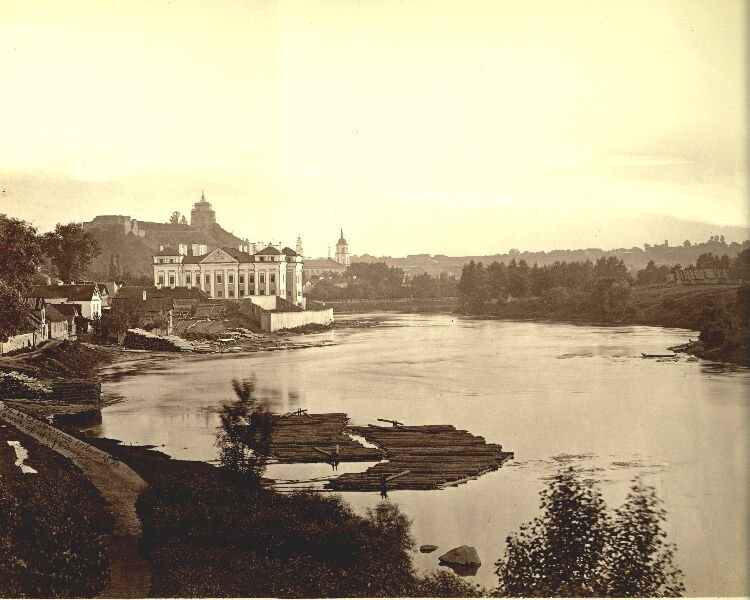
Slushko Palace: Visiting Hours, Tickets, and Historical Guide to Vilnius’s Baroque Landmark
Date: 14/06/2025
Introduction
Slushko Palace (Lithuanian: Sluškų rūmai), a striking Baroque masterpiece on the right bank of the Neris River in Vilnius, Lithuania, is a testament to the city’s aristocratic heritage and evolving architectural landscape. Originally commissioned by Dominik Słuszko, Voivode of Polotsk, in the late 17th century, the palace reflects the grandeur of the Polish-Lithuanian Commonwealth and Vilnius’s cosmopolitan past. Today, it stands as one of the most significant Vilnius historical sites, offering visitors a unique glimpse into noble life, Baroque artistry, and the city’s multicultural history (Trek Zone; Wikipedia; SpottingHistory).
This guide provides comprehensive information on Slushko Palace visiting hours, ticketing, access tips, guided tours, and nearby attractions—helping you plan an enriching and memorable visit.
Table of Contents
- Historical Background
- Architectural Features
- Visiting Slushko Palace
- Nearby Attractions and Itinerary Suggestions
- Visitor Tips and Etiquette
- Frequently Asked Questions (FAQ)
- Conclusion and Call to Action
- References
Historical Background
Origins and Construction
Slushko Palace was built between 1690 and the early 18th century at the behest of Dominik Słuszko, a prominent nobleman and influential figure in the Polish-Lithuanian Commonwealth. Its location on the Neris River—at the border of Vilnius’s elite suburbs—was both strategic and picturesque, symbolizing the wealth and power of its owner. The palace was designed by Giovanni Pietro Perti, a leading Italian architect of Vilnius Baroque, and decorated by Michelangelo Palloni, an accomplished Baroque painter (Wikipedia; SpottingHistory).
Ownership and Historical Transformations
After Dominik Słuszko’s death, the palace changed hands among several noble Lithuanian and Polish families, including the Potocki, Puzyna, and Oginski. In the 19th century, under Russian rule, the palace was repurposed for administrative and military uses. The 20th century brought further changes during the Soviet era, with periods of neglect and utilitarian adaptation. Restoration efforts in recent decades have revived much of its Baroque splendor, contributing to Vilnius’s UNESCO World Heritage status (VSAA; World Heritage Sites).
Cultural and Political Significance
Slushko Palace is emblematic of Vilnius’s multicultural and multi-ethnic past. It served as a residence and social center for the city’s elite and, at times, as a temporary headquarters for visiting rulers, including Tsar Peter the Great during his military campaigns in the early 18th century (SpottingHistory). The palace’s history mirrors the city’s shifting political landscape, from the Polish-Lithuanian Commonwealth through Russian and Soviet rule, and its eventual revival as a symbol of Lithuanian heritage (ldkistorija.lt).
Architectural Features
Baroque Design and Layout
Slushko Palace is a quintessential Baroque residence, featuring a symmetrical façade, giant Ionic pilasters, ornate window surrounds, and a grand portal with heraldic motifs. Its layout includes a central block with two wings and a formal courtyard, maximizing river views—an important aspect of 17th-century aristocratic estates (Tripomatic; vsaa.lt PDF).
Interior Decoration and Artistic Contributions
The palace’s interiors once showcased elaborate stucco work and frescoes by Michelangelo Palloni, inspired by Italian Baroque traditions. Although much of the original decoration was lost or altered over time, ongoing restoration efforts aim to revive these artistic treasures, revealing the opulence enjoyed by Vilnius’s nobility (VSAA).
Adaptations and Restoration Efforts
Throughout its history, Slushko Palace has undergone numerous modifications. Russian and Soviet adaptations introduced utilitarian elements, while recent restorations have focused on conserving Baroque features, repairing structural damage, and adapting the palace for cultural uses. These efforts form part of Vilnius’s larger commitment to heritage preservation (VSAA).
Setting and Surroundings
The palace’s riverside setting once featured landscaped gardens extending to the Neris River, offering serene views and a tranquil atmosphere. Today, the area remains a picturesque spot, ideal for leisurely walks and photography. Its proximity to Old Town and other historical sites makes it a central landmark in Vilnius’s cultural itinerary (Trek Zone).
Visiting Slushko Palace
Visiting Hours and Best Times to Visit
As of June 2025, Slushko Palace does not function as a full-time museum. Public access is generally limited to special events, cultural nights, and guided tours, which most often occur on weekends or by appointment. For the latest information on Slushko Palace visiting hours, consult the Vilnius Events calendar or the Vilnius tourism portal.
Best Time to Visit: Spring and autumn offer pleasant weather and opportunities to enjoy the riverside setting. Special events during city festivals or European Heritage Days often provide unique access.
Tickets, Tours, and Admission
- Tickets: Entry fees for tours or events typically range from €3–€8 per person. Some events may be free, especially during public festivals.
- How to Book: Purchase tickets in advance via the Vilnius Tourist Information Centre or the event’s official website.
- Guided Tours: Tours are available in Lithuanian and English. Advance booking is recommended, particularly in peak months or during special programs.
Accessibility and Facilities
- Accessibility: Recent renovations have improved accessibility, but some areas remain challenging for visitors with mobility needs due to the building’s historic nature. Contact organizers in advance for assistance.
- Facilities: Restrooms are available during events. There is no on-site café, but nearby riverside and Old Town cafés offer refreshments.
How to Get There
- Address: Kosciuškos St. 10, Vilnius, Lithuania (ldkistorija.lt)
- By Public Transport: Several bus and trolleybus routes stop within a short walk of the palace.
- On Foot/Bike: It’s a 20-minute walk from Cathedral Square along scenic riverbanks. Vilnius is bike-friendly with rental options throughout the city.
- By Car: Limited street parking; public transport or walking is advised during busy periods.
Nearby Attractions and Itinerary Suggestions
Enhance your visit by exploring nearby sites:
- Bernardine Garden: A peaceful park perfect for relaxation (PureTravel).
- Vilnius Cathedral and Bell Tower: Iconic landmarks within easy walking distance.
- Palace of the Grand Dukes of Lithuania: A major historical and architectural site (Palace of the Grand Dukes).
- Sapieha Palace and Church of St. Anne: Further examples of Vilnius’s Baroque and Gothic heritage.
Consider a guided walking tour focused on Vilnius’s Baroque architecture for deeper context (Vilnius with Locals).
Visitor Tips and Etiquette
- Plan Ahead: Due to limited public access, always check schedules and book tours or event tickets in advance.
- Dress for the Weather: The riverside location can be breezy; bring appropriate clothing.
- Photography: Non-flash photography is usually permitted outdoors and during public events; some restrictions apply during exhibitions.
- Respect Preservation: Follow guide instructions and posted rules to help preserve the historic site.
- Language: English is widely spoken, but confirm tour language when booking.
Frequently Asked Questions (FAQ)
Q: What are Slushko Palace’s visiting hours?
A: The palace is open for public access during special events and guided tours. Check the Vilnius Events calendar for current openings.
Q: How much do tickets cost?
A: Guided tour or event tickets typically range from €3–€8. Some events may be free.
Q: Are guided tours available in English?
A: Yes, though most are in Lithuanian. Request English tours in advance.
Q: Is Slushko Palace wheelchair accessible?
A: Some areas are accessible, but due to the historic structure, accessibility is limited. Contact organizers for details.
Q: Can I take photos inside Slushko Palace?
A: Photography is generally allowed outdoors and during events; check specific event policies for interior spaces.
Conclusion and Call to Action
Slushko Palace stands as a remarkable symbol of Vilnius’s Baroque heritage, offering visitors a rare opportunity to connect with the city’s noble past, architectural grandeur, and multicultural legacy. While regular public access is limited, special events and guided tours provide invaluable insights into the palace’s history and artistry. Plan your visit by checking schedules in advance, booking tours, and combining your trip with other nearby Vilnius historical sites for a truly enriching experience.
Call to Action:
Download the Audiala app for real-time updates on Slushko Palace events, guided tours, and Vilnius historical sites. Follow us on social media for more travel tips, and explore related articles on Vilnius’s architectural treasures to enhance your cultural journey.
References
- Trek Zone
- Wikipedia
- SpottingHistory
- VSAA
- ldkistorija.lt
- True Lithuania
- World Heritage Sites
- Vilnius Tourism
- Vilnius Events
- Tripomatic
- vsaa.lt PDF
- PureTravel
- Palace of the Grand Dukes
- Vilnius with Locals
- Jerulita
- Dream Big Travel Far Blog
- Audiala
- madeinvilnius.lt
